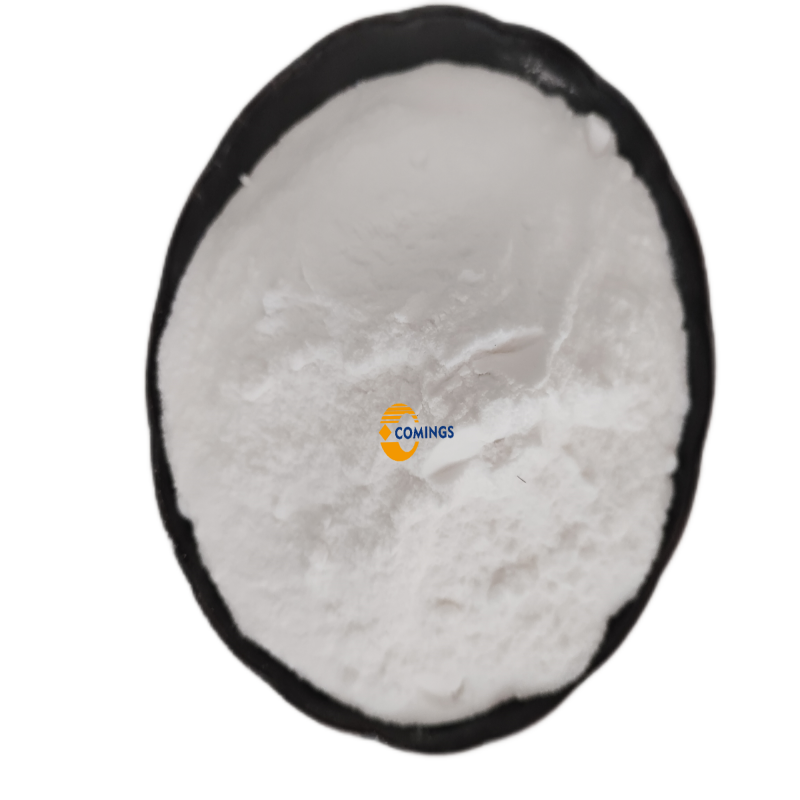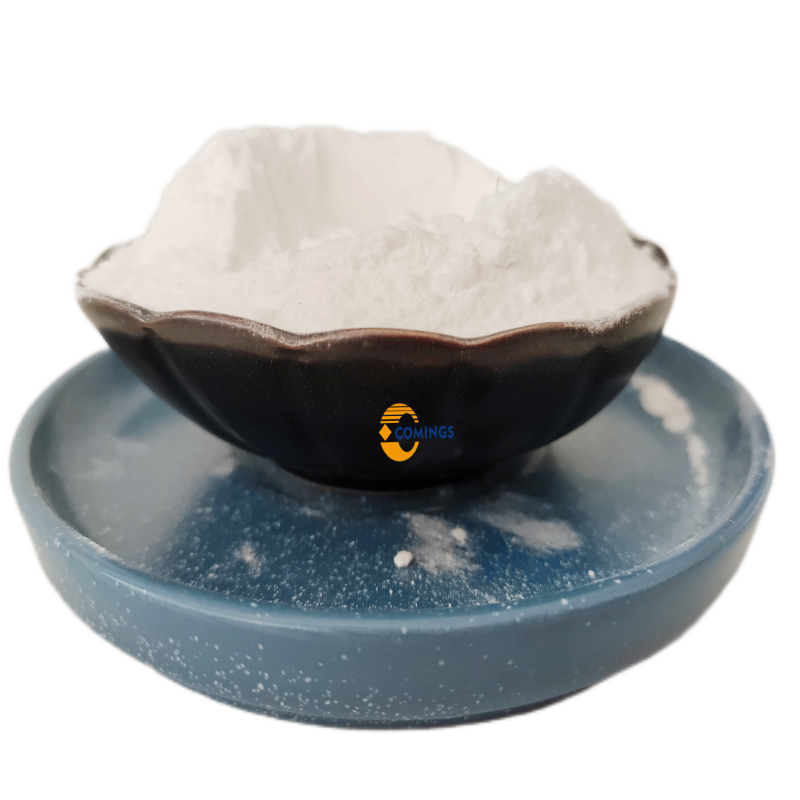-
Categories
-
Pharmaceutical Intermediates
-
Active Pharmaceutical Ingredients
-
Food Additives
- Industrial Coatings
- Agrochemicals
- Dyes and Pigments
- Surfactant
- Flavors and Fragrances
- Chemical Reagents
- Catalyst and Auxiliary
- Natural Products
- Inorganic Chemistry
-
Organic Chemistry
-
Biochemical Engineering
- Analytical Chemistry
-
Cosmetic Ingredient
- Water Treatment Chemical
-
Pharmaceutical Intermediates
Promotion
ECHEMI Mall
Wholesale
Weekly Price
Exhibition
News
-
Trade Service
Recently, the team of Professor Nian Hai from the School of Agriculture of South China Agricultural University and the Guangdong Branch of the National Soybean Improvement Center published the title "Effects of waterlogging on soybean rhizosphere bacterial community using the Microbiology Spectrum (immediate impact factor 8.
48)" under the American Society for Microbiology (ASM).
V4, LoopSeq and PacBio 16S rRNA sequence" research paper
.
Waterlogging stress is one of the main abiotic stresses affecting plant growth
.
Flooding results in a significant reduction in soil oxygen content, which negatively affects soil nutrient use efficiency and crop yield
.
Numerous studies have shown that plants recruit beneficial microorganisms to resist stress when they are stressed
.
However, it remains unclear how plant-associated microbiota respond to waterlogging stress
.
In addition, there are few reports on whether microbial responses to stress are affected by different sequencing methods
.
This study used three-generation full-length sequencing of Illumina Miseq, LoopSeq, and PacBio to investigate the effect of waterlogging on the structure of soybean rhizosphere bacterial communities in neutral and acidic soils
.
The results of the three sequencing methods all showed that waterlogging stress significantly altered the rhizosphere microbial community structure and increased the abundance of nitrogen-fixing microorganisms (Geobacter) in both soils
.
Furthermore, full-length (LoopSeq and PacBio) 16S sequencing has higher resolution compared to 16S (Illumina Miseq) sequencing
.
Core microbial and network modular analysis showed that all three sequencing methods found that waterlogging increased the relative abundance of nitrogen cycle-related microorganisms, while LoopSeq and PacBio sequencing methods also found that waterlogging increased the relative abundance of phosphorus cycle-related microorganisms
.
Core microbial and network modularity analysis further revealed that the enrichment of different species may play a central role in maintaining the stability of bacterial community structure and ecological function
.
This study explored the role of rhizosphere-enriched microorganisms in helping soybean resist waterlogging stress under waterlogging conditions
.
Compared with Illumina Miseq and PacBio sequencing, LoopSeq sequencing provides higher accuracy and lower sequencing price, respectively, and enables accurate species classification and strain identification from complex environmental microbiome samples
.
This study not only provides new insights into the mechanism by which microorganisms assist soybeans to resist waterlogging stress, but also provides a reference for the sequencing method selected for environmental microbial research
.
Network Modularization of Three Sequencing Methods and Volcano Map Analysis Yu Taobing, a 2019 graduate student of the College of Agriculture, is the first author of the paper, and Associate Professor Lian Tengxiang and Professor Nian Hai are the co-corresponding authors
.
This research was supported by the National Key R&D Program (Grant No.
2018YFD1000903) and the Guangzhou Science and Technology Innovation Development Fund Project (Grant No.
202102020068)
.
Paper link: https://journals.
asm.
org/doi/10.
1128/spectrum.
02011-21 This article is reproduced from the Plant Biotechnology Pbj Exchange Group of South China Agricultural University.
Biotechnology Pbj has established a WeChat group.
Plant Biotechnology Journal submissions and literature-related questions, public account content and public account submission questions will be answered in the group, and at the same time, academic exchanges and collision of ideas are encouraged in the group.
.
In order to ensure a good discussion environment in the group, please add Xiaobian WeChat first, scan the QR code to add, and then we will invite you to join the group in time
.
Tips: When adding Xiaobian WeChat and after joining the group, please be sure to note the school or unit + name, PI at the end, and we will invite you to join the PI group
.






